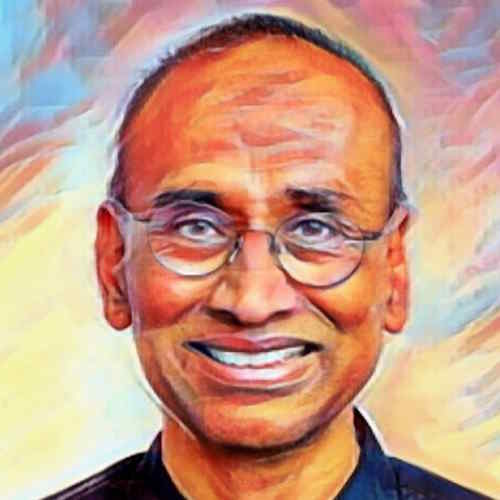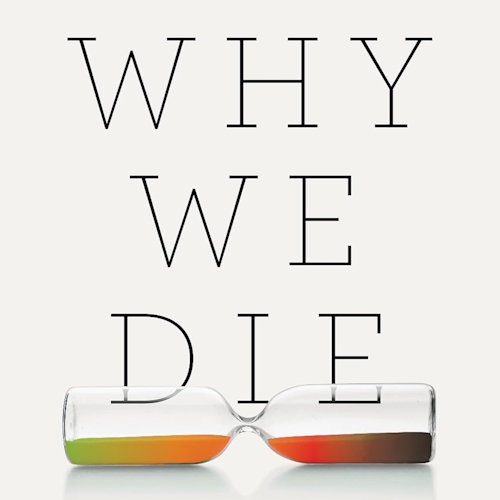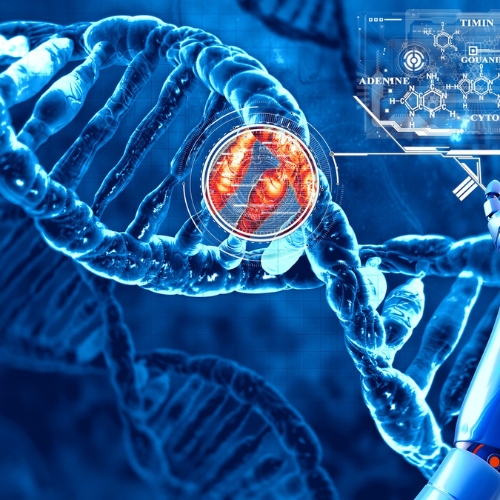Key points from article :
In a recent interview following his lecture at the Milan Longevity Summit, Nobel Prize-winning biologist Venki Ramakrishnan shared insights from his latest book, Why We Die, which explores the science behind aging and death. A pioneer in structural biology, Ramakrishnan was awarded the 2009 Nobel Prize in Chemistry for revealing the structure of the ribosome—an essential molecular machine in all living cells.
Ramakrishnan challenges the idea that humans are genetically “programmed” to die. Instead, he explains that evolution selects traits that help us survive and reproduce, not necessarily those that help us live longer. Aging, he says, is a side effect of these early-life advantages. Surprisingly, aging is also not just wear and tear—it’s a biological trade-off between growth, reproduction, and the repair mechanisms needed to keep us going.
Despite growing interest in anti-aging research, Ramakrishnan remains cautious. He warns against pseudoscience and commercialized promises of “reversing aging,” stressing the importance of solid scientific evidence. While model organisms like worms have taught us much about longevity, findings don’t always translate directly to humans.
Finally, Ramakrishnan raises ethical concerns about radically extending life. A society with ever-increasing lifespans and low birth rates could become static and less creative. As he puts it, the fear of death is deeply human—but so is the recognition that eternal life could diminish the very things that make life meaningful.







